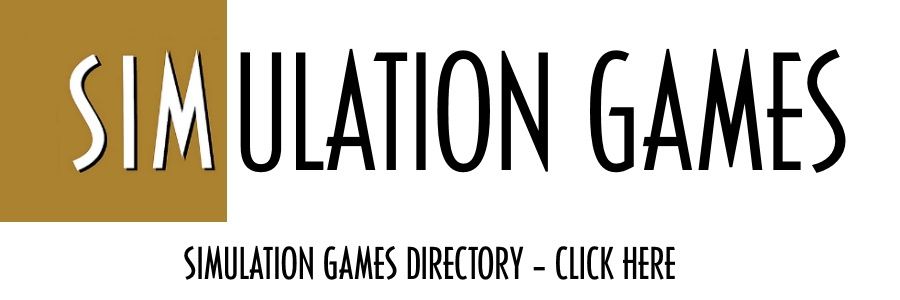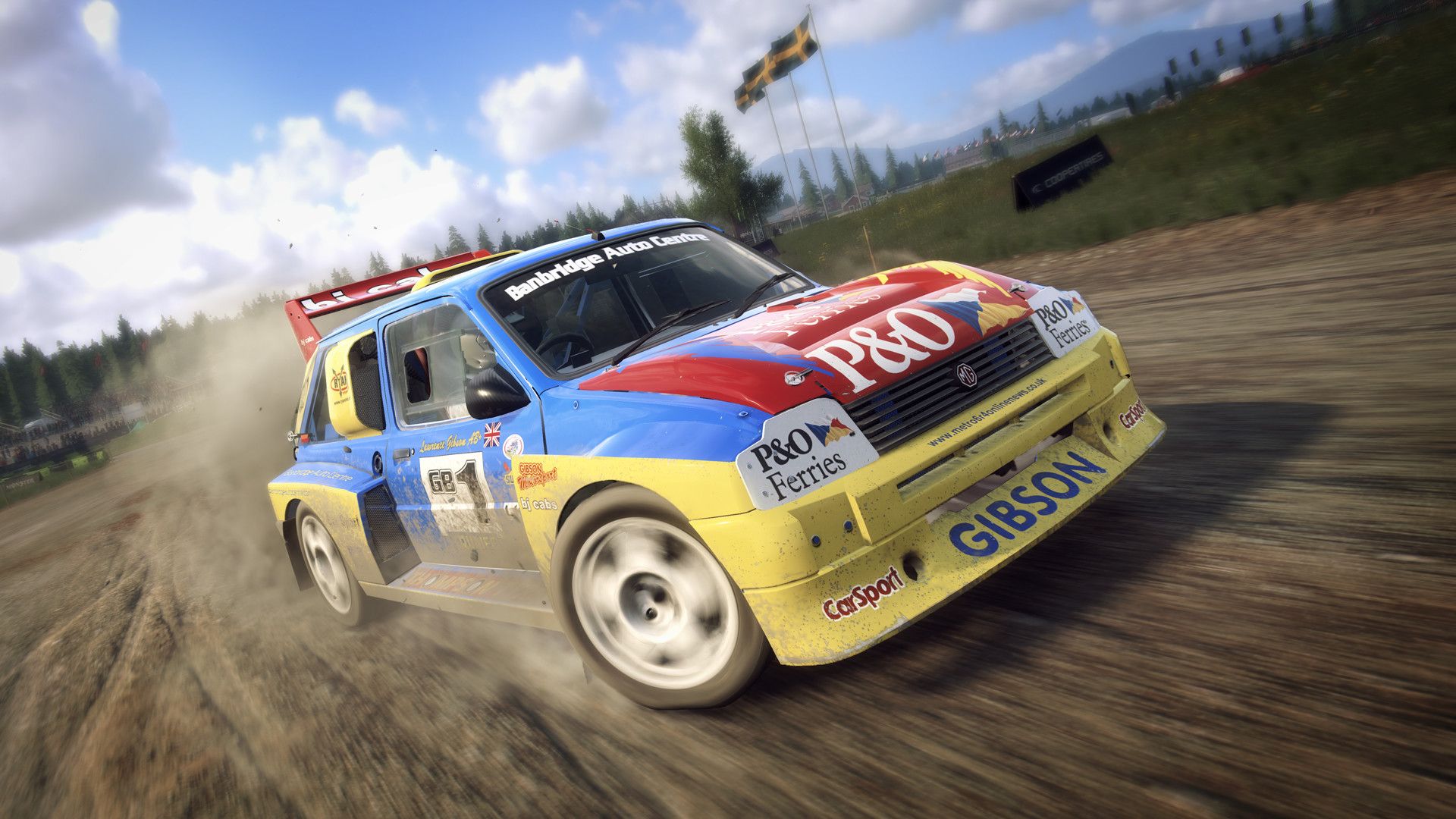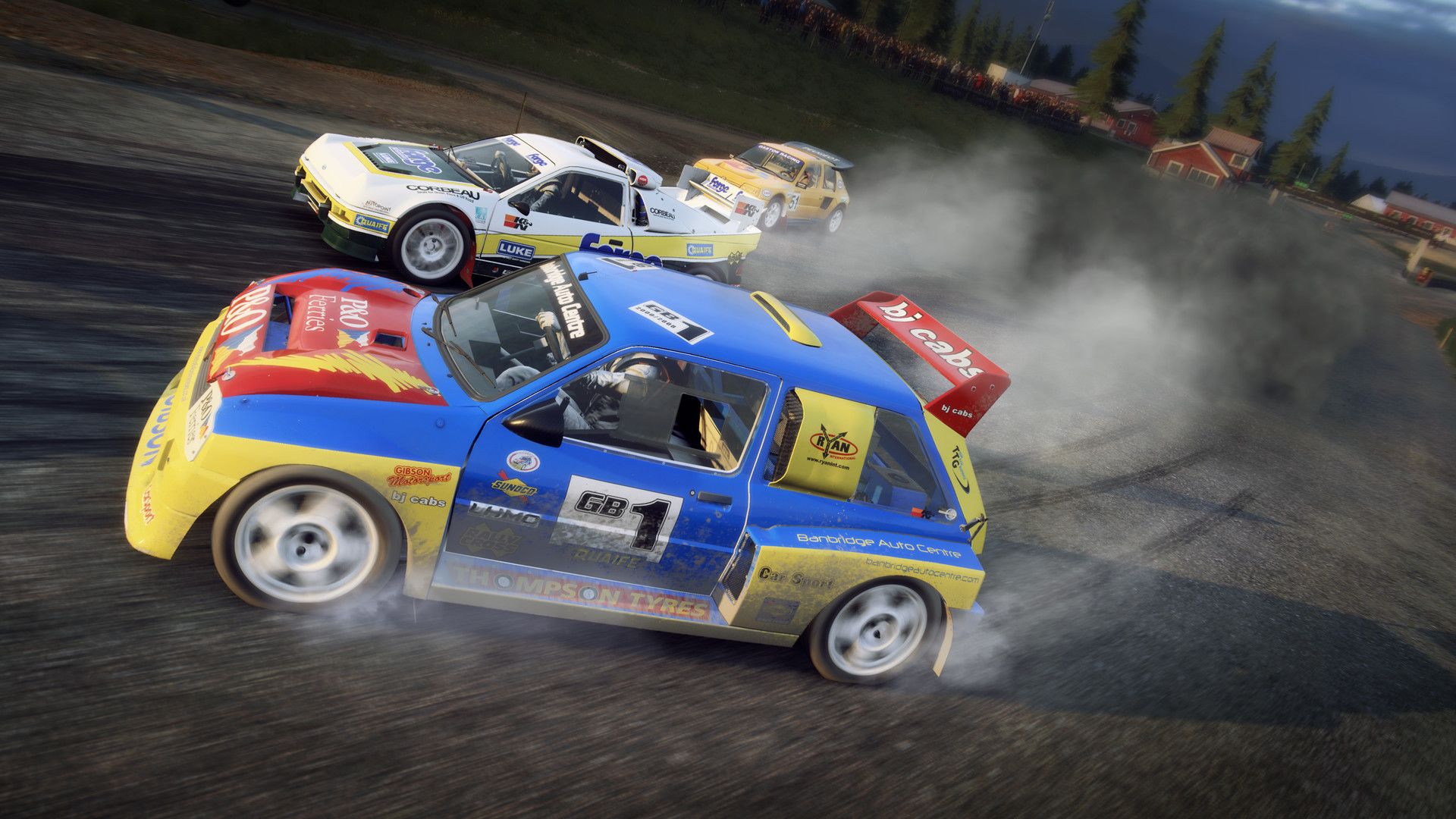DiRT Rally 2.0: MG Metro 6R4 Rallycross
BUY DiRT Rally 2.0: MG Metro 6R4 Rallycross
Click the button below to purchase DiRT Rally 2.0: MG Metro 6R4 Rallycross.
The MG Metro 6R4 Rallycross DLC for DiRT Rally 2.0 was developed by Codemasters and released on July 30, 2019. At the time of release, Codemasters also served as the publisher, though publishing responsibilities later transitioned to Electronic Arts following EA’s acquisition of the studio. This DLC introduced the rallycross version of the MG Metro 6R4, a mid-engined Group B rally car that had been adapted for the short-format, high-intensity world of rallycross. Its inclusion added a powerful and historically significant vehicle to the game’s FIA World Rallycross Championship lineup.
The MG Metro 6R4 Rallycross features a naturally aspirated V6 engine and four-wheel drive, delivering rapid acceleration and responsive handling on mixed-surface rallycross circuits. The rallycross variant includes upgrades and modifications tailored for sprint racing, making it a competitive choice for players who enjoy aggressive driving and tight cornering. The car is available for use in rallycross events across various tracks in DiRT Rally 2.0, offering a unique blend of vintage rally engineering and modern racing dynamics.
Promotion for the MG Metro 6R4 Rallycross DLC was part of Codemasters’ Season Two content rollout for DiRT Rally 2.0. The car was announced alongside the Lancia Delta S4 Rallycross through Steam updates, social media posts, and community forums. Codemasters highlighted the car’s Group B heritage and its transformation into a rallycross contender, using screenshots and gameplay clips to showcase its performance and design. The DLC was also featured in developer blogs and patch notes, helping build anticipation and maintain player engagement.
Reception to the DLC was generally positive, especially among fans of classic rally cars and rallycross racing. Players praised the MG Metro 6R4 Rallycross for its distinctive handling, powerful engine, and faithful recreation within the game’s physics engine. While it didn’t introduce new gameplay mechanics, its historical significance and competitive edge made it a welcome addition to the vehicle roster. The car’s blend of rally pedigree and rallycross adaptation contributed to DiRT Rally 2.0’s reputation as one of the most immersive and comprehensive rally simulations available.
MG Metro 6R4 In Depth
Introduction
The MG Metro 6R4 is a purpose-built Group B rally car developed by Austin Rover in collaboration with Williams Grand Prix Engineering and other specialists in the early 1980s. Designed as a silhouette racer that only shared a few external panels with the road-going Metro, the 6R4 combined a bespoke tubular spaceframe with a mid-mounted naturally aspirated V6 and full-time four-wheel drive. Its name denotes the configuration: 6-cylinder, Rally, 4-wheel drive. Built to exploit Group B’s 200-unit homologation rule, the 6R4 pursued a different engineering route from many rivals by using a large-capacity, high-revving NA engine instead of turbocharging. The car’s aggressive bodywork, wide track and large aero elements reflect its competition-first brief and the need for rapid serviceability on events. The 6R4 remains one of Britain’s most striking and technically interesting Group B entries.
Origins and programme brief
Austin Rover began the 6R4 programme as part of a renewed factory push into top-level rallying, seeking a radical competitor after retiring earlier models from international competition. Management approached Williams Grand Prix Engineering for design and engineering expertise, leveraging Williams’ advanced chassis and aerodynamics experience from Formula 1. The brief specified a compact, highly rigid chassis, excellent weight distribution for tight special stages, and a naturally aspirated V6 with strong high-rpm performance to give immediate throttle response without turbo lag. Homologation demanded road-legal examples and parts production, so the programme included a clubman-style road car alongside dedicated competition chassis. Development emphasised ease of maintenance during stage service, modular repairability and robustness against the varied terrain of WRC events. Time pressures and the rapidly escalating Group B arms race shaped decisions throughout the project.
Chassis architecture and bodywork
The 6R4 used a tubular steel spaceframe chassis with lightweight panels and a body that exaggerated the Metro silhouette to house the drivetrain and cooling systems. The mid-engine layout positioned the V6 transversely behind the cockpit, concentrating mass centrally for quick rotational response and improved handling on tight, technical stages. Suspension components were mounted directly to the spaceframe with long-travel geometry, wide tracks and durable joints to cope with gravel, jumps and rough asphalt. Large roof and side intakes, wide wheelarches and a prominent rear wing supplied cooling and aerodynamic stability at high speeds while preserving access for service crews. The bodywork was designed to be readily replaceable in rally service, with crash-repairability and component modularity prioritised over showroom refinement. The finished silhouette conveyed both function and an aggressive visual presence that suited Group B’s spectacular image.
Engine development and powertrain
Central to the 6R4’s identity was a bespoke 3.0-litre, naturally aspirated V6 originally developed from Rover-derived architecture but extensively reworked into a high-revving, four-cam, 24-valve racing unit. The engine produced race-spec power in the region of four-hundred horsepower or more depending on tune, with road-homologation variants detuned for drivability and durability. A five-speed manual gearbox transmitted power to a full-time four-wheel-drive system with differentials and torque-splitting arrangements designed for rugged rally use. Using a naturally aspirated engine avoided the throttle response and heat-management issues of high-boost turbo systems while producing a wide, tractable powerband suited to the 6R4’s driving characteristics. Ancillary systems, cooling, lubrication and induction were engineered for sustained high-load running in stage conditions. The drivetrain package prioritised mechanical simplicity where possible and resilience under frequent high-load service cycles.
Homologation and road-going variants
To meet Group B homologation requirements Austin Rover produced a limited number of road-legal Clubman-style 6R4s and component sets alongside factory competition cars. The road variants retained the core mid-engine, four-wheel-drive layout but were detuned, fitted with more civilised interiors and made compliant with road regulations for the homologation process. Production totals were small, reflecting both the cost and the specialist nature of the car; surviving examples and donor parts are rare and sought after by collectors. The Clubman and homologation cars served as the paperwork foundation for competition entries while also allowing private teams and wealthy enthusiasts to acquire near-competition machinery. Homologation builds incorporated many of the competition car’s components in simplified form to satisfy FIA inspectors without compromising the race-spec platform’s core design. The limited-run nature of these cars contributed directly to the 6R4’s mystique and later collectible status.
Competition history and performance
The 6R4 made an immediate impression with its raw performance, notable for lightning throttle response, lively handling and strong straight-line speed for its compact dimensions. Early competition outings demonstrated the car’s potential but also exposed teething problems typical of new Group B projects, including reliability issues and challenges in optimising setup across varied stages. The naturally aspirated V6 gave instant acceleration out of corners, making the 6R4 competitive on fast, flowing stages and very nimble on technical tests where throttle control and chassis balance were decisive. The programme’s progress was cut short by the rapid policy shift in rallying and the eventual banning of Group B, which removed the factory-backed development path the car needed to mature fully. Privateers and specialist teams continued to campaign and develop 6R4s in national and historic events, where the car’s sensational performance still delivered memorable stage runs.
Programme decline and preservation
The abrupt end of factory Group B development forced Austin Rover to cease major investment in the 6R4, leaving many chassis and projects incomplete and scattering parts across private hands. With factory support gone, maintenance and upgrades became the province of private teams and specialised garages, which preserved and evolved surviving cars for rallycross, hillclimb and historic competition. The scarcity of original components and the complexity of the bespoke V6 and drivetrain systems created a specialist restoration market and motivated reproduction parts efforts. Enthusiast communities, owners’ clubs and museums played a central role in documenting the car’s history and ensuring that remaining examples were sympathetically restored rather than converted beyond recognition. The 6R4’s sudden truncation crystallised its reputation as both a technical curiosity and a tragic “what might have been” story from Group B’s heyday. Preservation efforts have ensured that the car’s engineering legacy remains accessible to historians and fans.
Legacy and collectability
The MG Metro 6R4 is widely regarded as one of the most distinctive British responses to Group B and is prized for its engineering audacity, sound and rarity. Surviving competition and homologation cars are highly collectible, appear at major auctions and feature in museum displays and historic rally events where their visceral performance continues to attract attention. The 6R4’s high-revving V6 and mid-engined, four-wheel-drive layout provided an alternative technical solution to the turbocharged contenders of the era and influenced later thinking about compact, high-performance rally packaging. Specialist restorers, owners’ clubs and a vibrant enthusiast network sustain parts availability, technical knowledge and historical research into chassis histories and provenance. The car endures in popular motorsport culture as a symbol of Group B’s innovation and excess, remembered equally for its character and its curtailed competitive promise. As interest in classic rally cars grows, the 6R4’s scarcity and drama ensure its continuing appeal.
Conclusion
The MG Metro 6R4 stands as a bold, technically ambitious chapter in rallying history: a compact silhouette racer that married a bespoke mid-mounted V6 to four-wheel drive within a light, serviceable spaceframe. Designed to exploit the freedoms of Group B, it offered a distinct British engineering answer to the turbocharged continental challengers and showcased the benefits of rapid-response, naturally aspirated power in rally conditions. Its competitive life was brief and uneven, curtailed by wider regulatory changes rather than outright technical failure, leaving a legacy defined by potential, spectacle and technical curiosity. Today the 6R4 is preserved and celebrated by specialists and collectors who value its rarity, sound and historical importance. The car remains an evocative reminder of an era when rallying pursued extreme performance with relatively few constraints.
Related Searches
DiRT Rally 2.0: MG Metro 6R4 Rallycross Download
DiRT Rally 2.0: MG Metro 6R4 Rallycross is available to purchase and download from a range of vendors. Always shop....
DiRT Rally 2.0: MG Metro 6R4 Rallycross Key
There are a wide range of resellers that may offer keys for DiRT Rally 2.0: MG Metro 6R4 Rallycross. This is often the....
DiRT Rally 2.0: MG Metro 6R4 Rallycross Review
The Steam store provides a review system enabling you to make an informed choice before buying this....
DiRT Rally 2.0: MG Metro 6R4 Rallycross Free
DiRT Rally 2.0: MG Metro 6R4 Rallycross is available to purchase and download from the link shown further up this....
DiRT Rally 2.0: MG Metro 6R4 Rallycross PlayStation
At the time of publishing, DiRT Rally 2.0: MG Metro 6R4 Rallycross is available on the PlayStation platform.....
DiRT Rally 2.0: MG Metro 6R4 Rallycross Xbox
At the time of publishing, DiRT Rally 2.0: MG Metro 6R4 Rallycross is available on the Xbox platform. There are...






